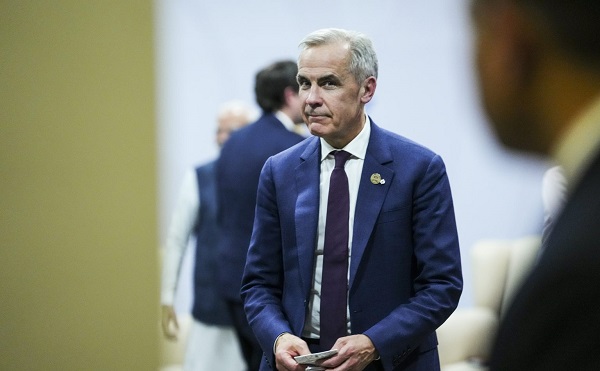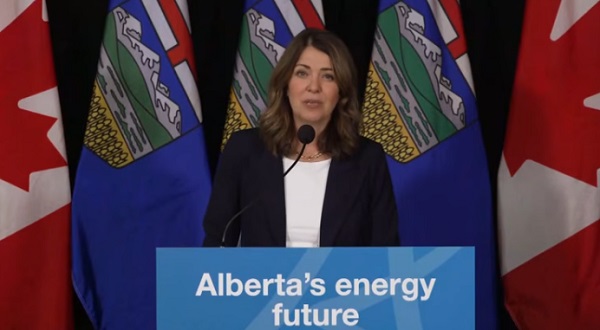Alberta
A Matter of Fact: AP news story misrepresents the oil sands by ignoring environmental progress

A truck approaches Wapisiw Lookout, the first reclaimed tailings pond in the oil sands industry. Photo courtesy Suncor Energy
From the Canadian Energy Centre
Producers reducing emissions per barrel, on track for absolute emissions reductions
A widely-circulated article this week by the Associated Press misrepresents Canada’s oil sands industry by ignoring its progress improving environmental performance and its commitment to achieving climate targets.
Here are the facts.
Fact: Canadian oil is not “the world’s dirtiest”
The article repeats the false narrative that oil from the oil sands is far “dirtier” than other crudes produced around the world. This is not the case.
Analysis by S&P Global found that average oil sands emissions per barrel are in the range of other crude oils consumed in the United States, the industry’s main customer.
Average oil sands emissions per barrel range from 1.6 per cent below to 8.6 per cent above, depending on production process, S&P Global predecessor IHS Markit reported in 2018.
Canada’s oil sands producers are doing more to reduce emissions than operators in other countries, according to BMO Capital Markets.
Between 2013 and 2021, BMO estimates the average oil sands barrel shaved off more than 22 kilograms of emissions, compared to a reduction of just five kilograms per barrel for other major global oil producers.
Fact: Oil sands producers reducing emissions per barrel, on track for absolute emissions reductions
The AP article makes no mention of the success oil sands producers have achieved reducing emissions per barrel. That so-called emissions intensity is now estimated to be 23 per cent lower than it was in 2009, according to S&P Global.
Further, there is no mention that the success reducing emissions per barrel is catching up to production growth, and total oil sands emissions may be close to their peak.
Last year, for the first time since S&P Global started estimating the data, oil sands production went up, but emissions did not.
Total oil sands emissions were 81 megatonnes in 2022, nearly flat with 2021 despite a production increase of about 50,000 barrels per day.
Last year analysts predicted that absolute oil sands emissions would start going down by 2025. The new findings indicate that could happen sooner. And that’s before shovels hit the ground for the Pathways Alliance’s foundational carbon capture and storage (CCS) project.
Fact: Pathways Alliance collaboration is critical to emissions reduction
The AP article leaves out any mention of the Pathways Alliance, one of the most significant environmental initiatives ever undertaken in Canada.
Six companies representing 95 per cent of Canada’s oil sands production are working together with the goal of net zero emissions in their operations by 2050.
With anticipated co-funding support from Canadian governments, the Alliance has announced plans to invest about $24 billion before 2030 in the first phase of its plan.
This includes $16.5 billion on the foundational CCS project and $7.6 billion on other technologies like switching to clean hydrogen and electricity to power oil sands operations.
About half of the targeted 22 million tonne per year emissions reduction by 2030 will come from CCS, with a network connecting CO2 capture at an initial 14 oil sands facilities to a storage hub in northern Alberta.
Fact: CCS projects in Canada are working
The AP article perpetuates the inaccurate position that CCS is not a proven technology. But CCS in Canada has successfully operated for more than two decades.
Canada has six of the world’s 39 commercial CCS operations, accounting for about 15 per cent of global CCS capacity even though Canada generates less than two per cent of global CO2 emissions, according to the International CCS Knowledge Centre.
In Alberta, since 2015 two CCS projects – both tied to oil sands production – have safely stored more than 12 million tonnes of CO2, or the equivalent of taking more than 2.6 million internal combustion engine vehicles off the road.
Fact: The world needs oil now and long into the future
While activists trumpet the narrative that the world is rapidly transitioning away from fossil fuels, the reality is oil and gas will be around for a long, long time.
Even as more renewable and alternative energy sources become technically and economically feasible at a large scale, on the current trajectory the International Energy Agency (IEA) projects that oil alone will still supply 26 per cent of world energy needs in 2050. That’s down only modestly from 30 per cent in 2022.
Even in the IEA’s unlikely net zero scenario – which would require unprecedented global cooperation and includes more than a third of emissions reductions coming from technologies that do not yet exist – oil still accounts for 8 per cent of world energy supply in 2050.
Oil demand for non-energy use (like pavement, which improves in quality when using oil from Canada’s oil sands) even continues to increase in the IEA’s net zero scenario, rising to 6 per cent of world energy use in 2050, from five per cent in 2022.
Canada’s oil sands industry leads the world in its commitment to continuous improvement in environmental performance and emissions reduction, and this should be recognized by media outlets including the Associated Press.
Alberta
Alberta will defend law-abiding gun owners who defend themselves

Alberta’s government will introduce a motion under the Alberta Sovereignty within a United Canada Act to defend law-abiding firearms owners.
A new motion under the Alberta Sovereignty within a United Canada Act will, if passed by the legislature, instruct all provincial entities, including law-enforcement agencies such as municipal police services and the RCMP, to decline to enforce or implement the federal gun seizure program. The motion also makes clear that Albertans have the right to use reasonable force to defend themselves, their families and their homes from intruders.
This builds on the steps Alberta has already taken to reduce crime, strengthen public safety and assert provincial jurisdiction over firearms. This includes passing the Alberta Firearms Act to establish the Alberta Chief Firearms Office, along with the Alberta Firearms Regulation and the Seizure Agent and Provider Licensing Regulation.
“It’s time for Ottawa to stop targeting the wrong people. Albertans have the right to protect their homes and their families. No one should hesitate to defend themselves when faced with a threat at their own doorway. Law-abiding citizens, hunters, farmers and sport shooters are not the source of violent crime, yet the federal government wants to confiscate their property while illegal guns pour across our borders. Alberta will not stand by while responsible gun owners are treated like criminals. This motion is about using every legal tool we have to protect their rights, uphold public safety and push back on federal overreach into provincial jurisdiction.”
“When someone breaks into your home, the law recognizes that you have enhanced rights to protect yourself and your family. Alberta is making that principle unmistakably clear: lawful, reasonable self-defence will be respected, not criminalized.”
“As an experienced former law enforcement officer, law-abiding gun owners have never been an issue, in my own personal experience, nor has there been any data to support that law-abiding gun owners are the ones that are committing violent gun crimes. The illegal guns that you see being used by criminals are typically being smuggled in from the United States. The federal government should help us strengthen the border, helping us to stop illegal guns from coming into Canada. This would further enhance safety and security for the people of Alberta and Canada as opposed to going after lawful gun owners.”
Under the Alberta Firearms Regulation, municipalities, law enforcement and police commissions must obtain approval from Alberta’s Minister of Justice before accepting funding to participate in the Assault-Style Firearms Compensation Program.
“Misguided federal initiatives such as the handgun transfer ban and the Order in Council firearms prohibitions of 2020, 2024 and 2025 have had a devastating impact on the safe, legitimate activities of the firearms community and the businesses that support it, while having no discernible effect on criminal activity. I am proud to see that the Alberta government is pushing back and supporting lawful firearms owners through these measures.”
“Licensed gun owners and all Albertans can rest assured that their government, under the leadership of the UCP, is laser focused on protecting law abiding citizens while prioritizing real public safety.”
“The Alberta Hunter Education Instructors Association will continue to support our government and the Alberta chief firearms officer in our joint quest to use safety training and education as the key tools to ensure we have safer streets and communities. Safe and responsible use of firearms in Alberta is a key part of our heritage, culture, and our rich and precious heritage.”
Key facts:
- Pursuant to the Attorney General’s recent guidance protocols, Alberta’s prosecutors will decline to prosecute offences under the federal gun seizure program when it is not in the public interest.
- The Attorney General’s recent guidance protocol directs prosecutors to not prosecute home defence offences when it is not in the public interest.
- Total spending on the federal Assault-Style Firearms Compensation Program is expected to exceed $750 million.
- The firearms motion considers the Alberta Bill of Rights, the Constitution Act, 1867 and the Criminal Code.
- Currently 10 per cent of adult Albertans are licenced to use and own firearms. There are 381,900 firearms licences in Alberta.
- Alberta has 638 licensed firearms businesses, 138 shooting ranges and 91 shooting clubs.
Alberta
Emissions Reduction Alberta offering financial boost for the next transformative drilling idea
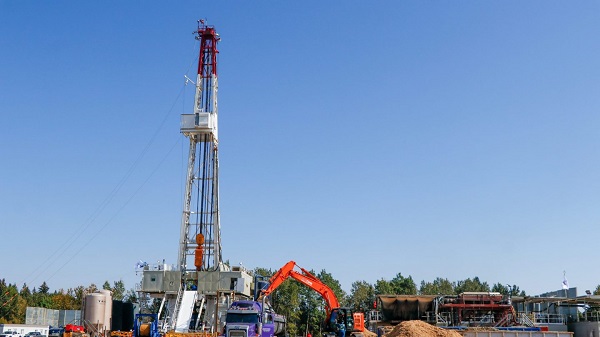
From the Canadian Energy Centre
$35-million Alberta challenge targets next-gen drilling opportunities
‘All transformative ideas are really eligible’
Forget the old image of a straight vertical oil and gas well.
In Western Canada, engineers now steer wells for kilometres underground with remarkable precision, tapping vast energy resources from a single spot on the surface.
The sector is continually evolving as operators pursue next-generation drilling technologies that lower costs while opening new opportunities and reducing environmental impacts.
But many promising innovations never reach the market because of high development costs and limited opportunities for real-world testing, according to Emissions Reduction Alberta (ERA).
That’s why ERA is launching the Drilling Technology Challenge, which will invest up to $35 million to advance new drilling and subsurface technologies.
“The focus isn’t just on drilling, it’s about building our future economy, helping reduce emissions, creating new industries and making sure we remain a responsible leader in energy development for decades to come,” said ERA CEO Justin Riemer.
And it’s not just about oil and gas. ERA says emerging technologies can unlock new resource opportunities such as geothermal energy, deep geological CO₂ storage and critical minerals extraction.
“Alberta’s wealth comes from our natural resources, most of which are extracted through drilling and other subsurface technologies,” said Gurpreet Lail, CEO of Enserva, which represents energy service companies.
ERA funding for the challenge will range from $250,000 to $8 million per project.
Eligible technologies include advanced drilling systems, downhole tools and sensors; AI-enabled automation and optimization; low-impact rigs and fluids; geothermal and critical mineral drilling applications; and supporting infrastructure like mobile labs and simulation platforms.
“All transformative ideas are really eligible for this call,” Riemer said, noting that AI-based technologies are likely to play a growing role.
“I think what we’re seeing is that the wells of the future are going to be guided by smart sensors and real-time data. You’re going to have a lot of AI-driven controls that help operators make instant decisions and avoid problems.”
Applications for the Drilling Technology Challenge close January 29, 2026.
-

 Artificial Intelligence2 days ago
Artificial Intelligence2 days ago‘Trouble in Toyland’ report sounds alarm on AI toys
-

 National1 day ago
National1 day agoMedia bound to pay the price for selling their freedom to (selectively) offend
-

 Daily Caller2 days ago
Daily Caller2 days agoTom Homan Predicts Deportation Of Most Third World Migrants Over Risks From Screening Docs
-

 Energy2 days ago
Energy2 days agoCanadians will soon be versed in massive West Coast LPG mega-project
-
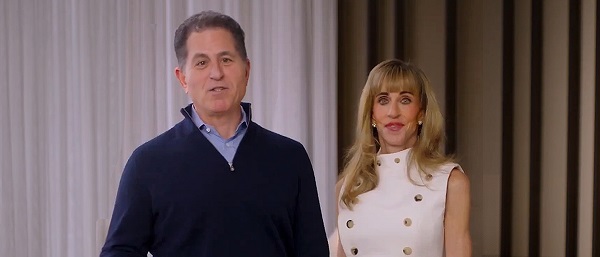
 Daily Caller8 hours ago
Daily Caller8 hours agoTech Mogul Gives $6 Billion To 25 Million Kids To Boost Trump Investment Accounts
-

 Business8 hours ago
Business8 hours agoCanada’s future prosperity runs through the northwest coast
-

 Brownstone Institute1 day ago
Brownstone Institute1 day agoThe Unmasking of Vaccine Science
-
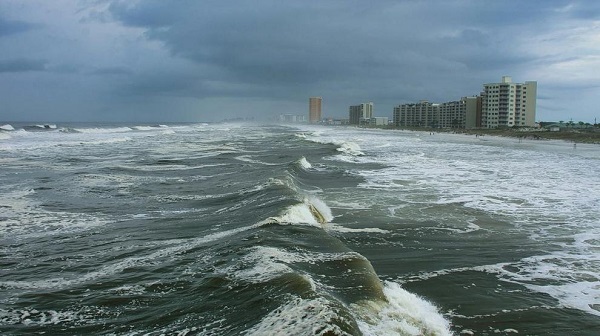
 International1 day ago
International1 day agoAtlantic hurricane season is 8th this century with no landfalls




